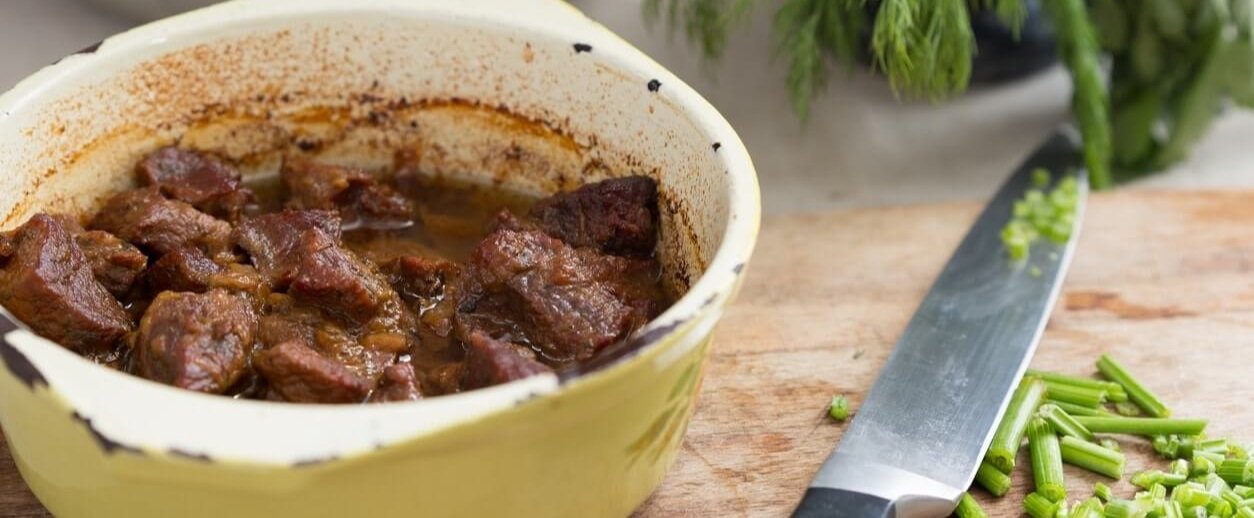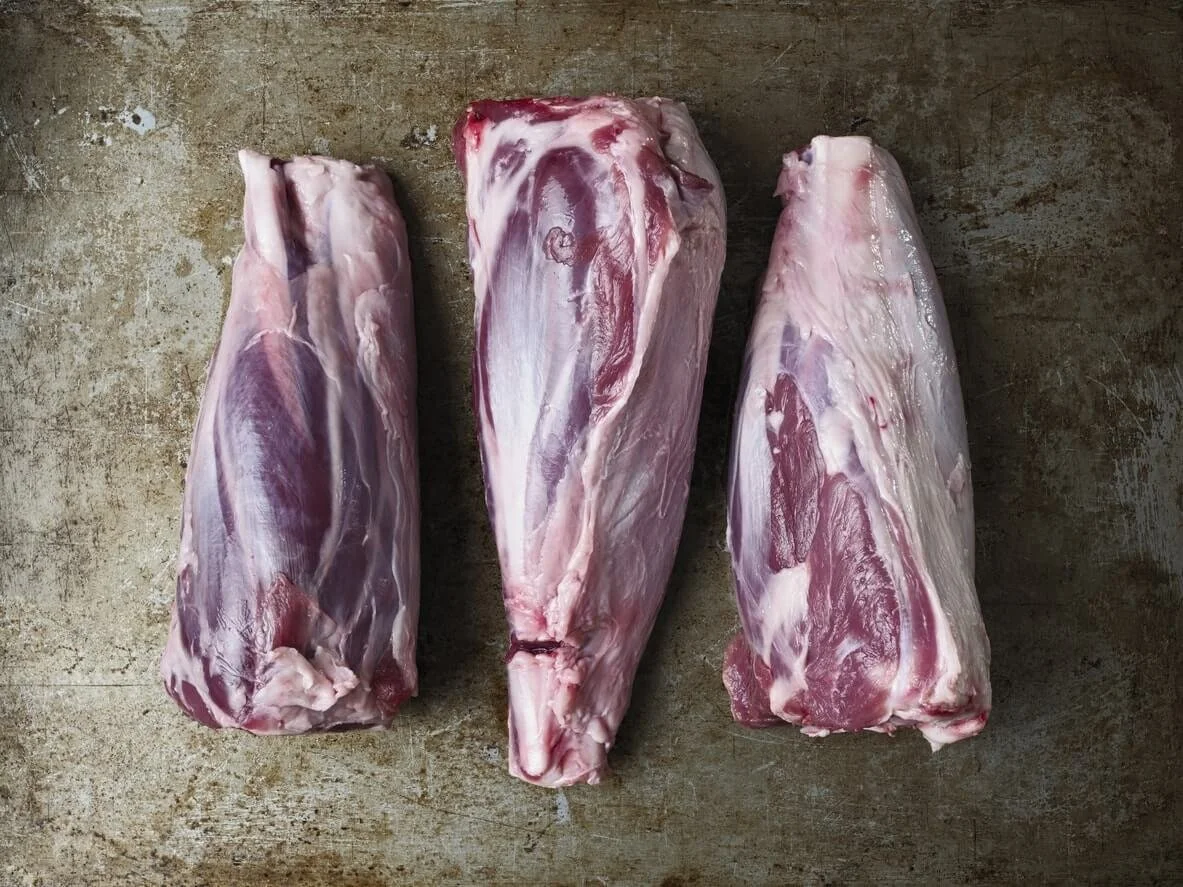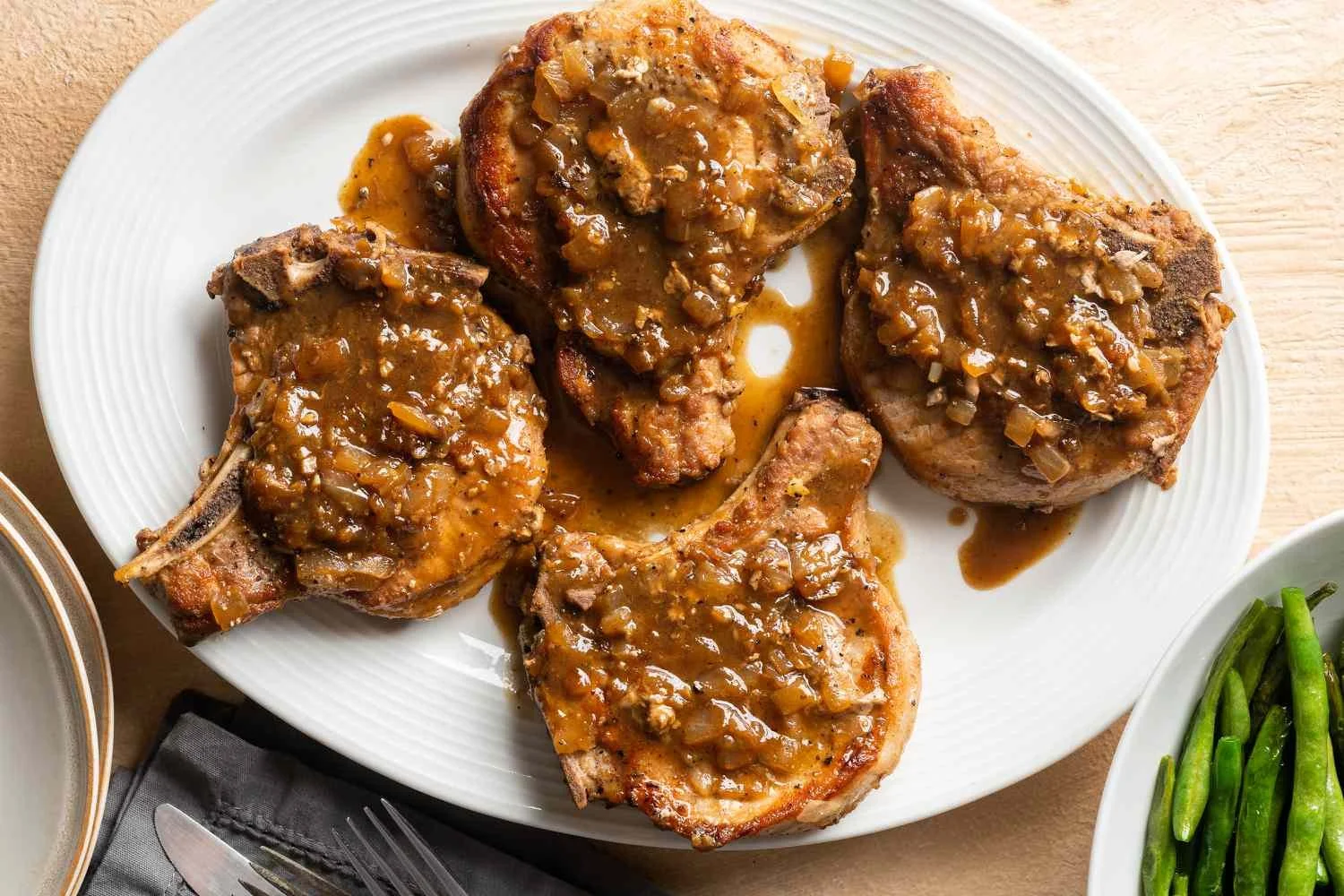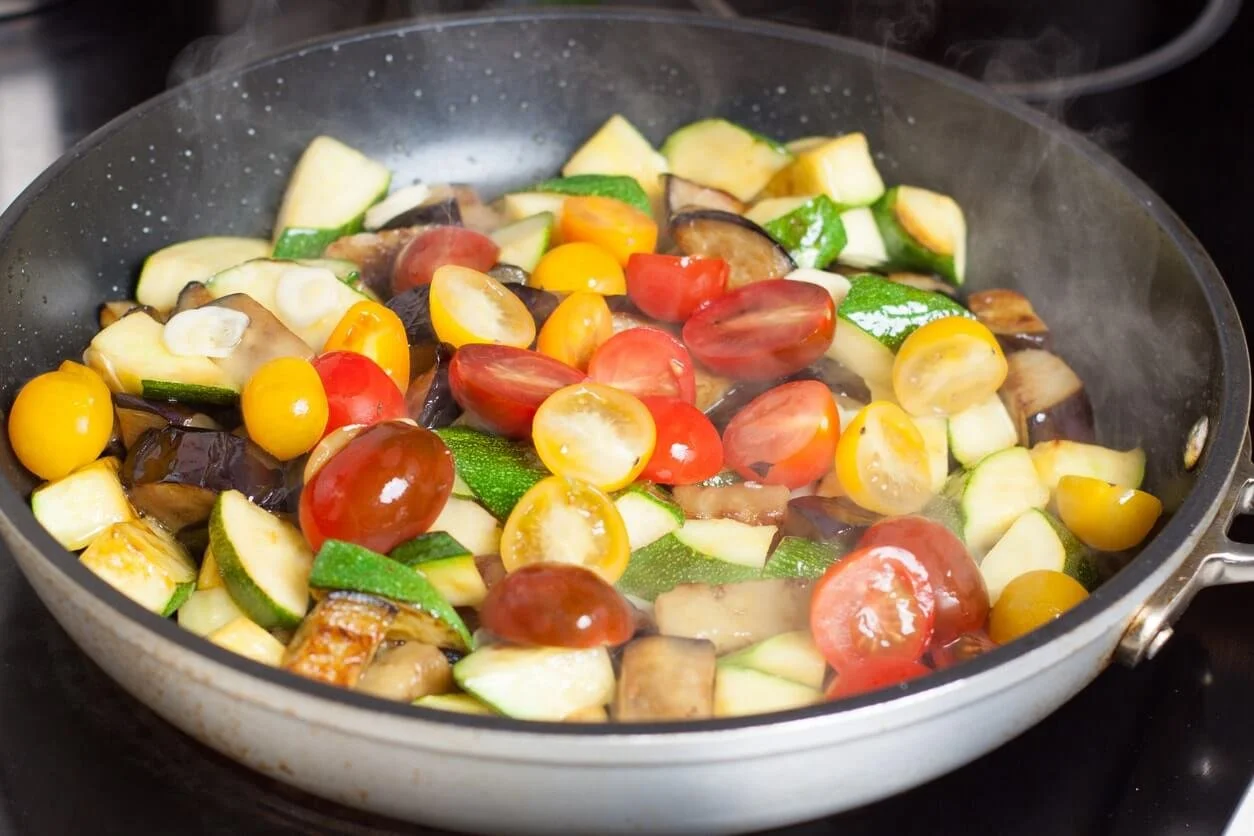Cooking Methods: Braising
Discover > Texas Home Cooking > Cooking Methods: Braising
Braising (derived from the French word 'braiser') is a cooking method. The braise definition involves cooking usually meat or vegetables slowly at a low temperature. The additions of liquid like stock or water are common for moisture and flavor.
Usually, you wouldn't add much liquid. It depends on how much moisture the food has to begin with. The braise cooking method works by slowly breaking down the collagen in the muscle fibers of the meat, causing it to be tender and fall apart. Braising is ideal for tough, and cheaper cuts of meat.
Braising Meats
Meat is the most common thing to braise and is often referred to as 'pot roasting'. Some cooks may tell you the difference is the addition of liquid. Muscle fibers are held together in meat by proteins called collagens. Collagens break down as a result of low and slow cooking for meat that is so tender you can take it apart with a spoon. This is one of the advantages of braising food. Braising goes quite well with large, tougher cuts like the shanks, rounds, shoulder, and brisket. You can also braise steaks, pork belly (What wine goes well with pork belly?), whole birds, and pretty much any meat you can think of.
The braising cooking method definition usually involves searing the meat first to lock in any juices. Then in a covered pot (like a Dutch oven) the meat goes with stock and an acidic element. Spices and vegetables like bay leaves, carrots, celery (how long does celery last?), onions, and more also make their way in for flavor. Then the roast goes into the oven on low heat for several hours until you can very easily slide a long skewer into it with no pushback.
How to Braise Meat
Braising is a cooking technique that uses both wet and dry heat. Here's a simple way to do it:
First, heat your Dutch oven. It's your best friend when you want to braise meat. Whether it's pork chops, (What wine goes well with pork chops?) pot roast, or chicken thighs (What wine goes well with chicken thighs?), a hot Dutch oven is a perfect vessel for these delights. It all starts with seared meat, which creates a delectable crust and locks in the flavor.
Next, it's time to add your braising liquid. This cooking liquid can be as basic as water, but for a depth of flavor, why not try chicken broth? (how long does chicken broth last?) As the braised meats (What wine goes well with braised meats?) simmer, they become fork-tender—a sign that your braising liquid is working its magic.
Now, it's time to let the heat do its thing. This cooking process slowly tenderizes the meat, making even tough cuts like beef short ribs, (What wine goes well with beef short ribs?) lamb shanks, or a chuck roast incredibly tender.
Finally, don't forget to season. Fresh herbs add a final flourish, elevating your delicious, tender meat to new heights. And there you have it, a simple guide on how to braise meat.
Pork Chops
So you're thinking about braising some pork chops, huh? Great choice! When done right, braising can turn an ordinary pork chop into a mouthwatering masterpiece. It's all about slow-cooking those chops in a bit of liquid, at low heat, for a long-ish time.
You'll want to start by seasoning your chops, then giving them a quick sear in a hot pan to lock in those flavors. Add your liquid (broth, wine, beer, or even water works), reduce the heat, cover and let it all simmer. The key is patience – let those chops braise until they're tender enough to cut with a spoon. And there you have it, braised pork chops! Perfect for a cozy dinner at home.
Pot Roast
You know, braising a pot roast isn't as tough as it might sound and the method is a simple explanation of the braised definition. It's all about slow and low. Start by searing your meat on all sides in a hot, heavy-bottomed pot. This creates a beautiful, flavorful crust. Once your roast is browned, toss in some chopped onion, carrot, and celery, maybe a few cloves (how long do cloves last?) of garlic, too. Pour in enough beef broth (how long does beef broth last?) to cover about half of your roast, then let it simmer on the stove or in a low oven for a few hours. Seriously, just let it chill out. The heat and moisture work together to tenderize the meat and create a delicious, hearty sauce. Patience is key here - and the reward is worth it. A perfectly braised pot roast is the kind of comfort food that makes any day better.
Fish
Too many people think of beef roasts, pork ribs, and super tender meatballs when they think of braising. But the braise cooking method can be applied to fish. Fish is such an amazing thing to braise because you get that melt-in-your-mouth sensation not even half the time. Fish and seafood are very often braised in Asia in soy sauce (how long does soy sauce last?). They often prepared this way whole or filleted. Searing the fish skin is common for additional crispness and texture.
Vegetables
The braise cooking method is also applicable to vegetables. It's possible to braise any veg under the same conditions as meat except timing unless you want mushy vegetables. Carrots are among the most commonly braised vegetables (What wine goes well with braised vegetables?)because of their sweet flavor. First, you'd brown the veg to get that Maillard reaction going for flavor and sweetness. Salt and other seasonings like herbs and spices are also common. After the stock is added the vegetables should simmer for 20-30 minutes. They should appear glossy and are easily cuttable with the side of a fork (not mashable).
Braising Equipment
Even if you use a pressure cooker or a slow cooker you'll likely need to use a pot or pan to sear or sauté the food you're braising first. This causes the Maillard reaction in meat and vegetables, where amino acids react with reducing sugar giving food that brown, cooked color, and nicer flavor.
The braise-cooking method is possible in any pot or pan with a lid. Pressure cookers, slow cookers, Instant Pots, Dutch ovens, and almost any other equipment that used time and trapped moisture for low and slow cooking. Braising is usually between 200F and 300F for at least 2 1/2 - 3 hours for meat.
Dutch Oven
So, you've got this shiny Dutch oven sitting in your kitchen and you're ready to dive into the world of braising meat. Let's break it down into simple steps.
First, you're going to want to preheat your Dutch oven on the stove. Then, add a little oil and brown your meat on all sides. This isn't about cooking the meat through, it's about creating that flavorful crust. Once your meat is browned, take it out and set it aside.
Now it's time for your veggies and aromatics. Throw those in the Dutch oven and cook them until they're nice and soft. After that, put the meat back in, add some broth (or wine, if you're fancy), and some seasonings.
Now, put the lid on and turn down the heat. Let it simmer away for several hours. Go ahead and binge your favorite show while the Dutch oven works its magic. When the meat is fork-tender, it's ready. There you go! You've just got the hang of braising meat in a Dutch oven. Enjoy your meal!
Conclusion
Braising is an exceptional method of cooking that combines dry and wet heat to create delectable meals. It's a slow process that rewards patience with deep, layered flavors and tender meat that falls off the bone. Braising is the go-to method for transforming tough cuts of meat into succulent, rich, comfort food. Whether one is an aspiring chef or a home cook looking to explore and experiment, braising is a technique worth mastering.







